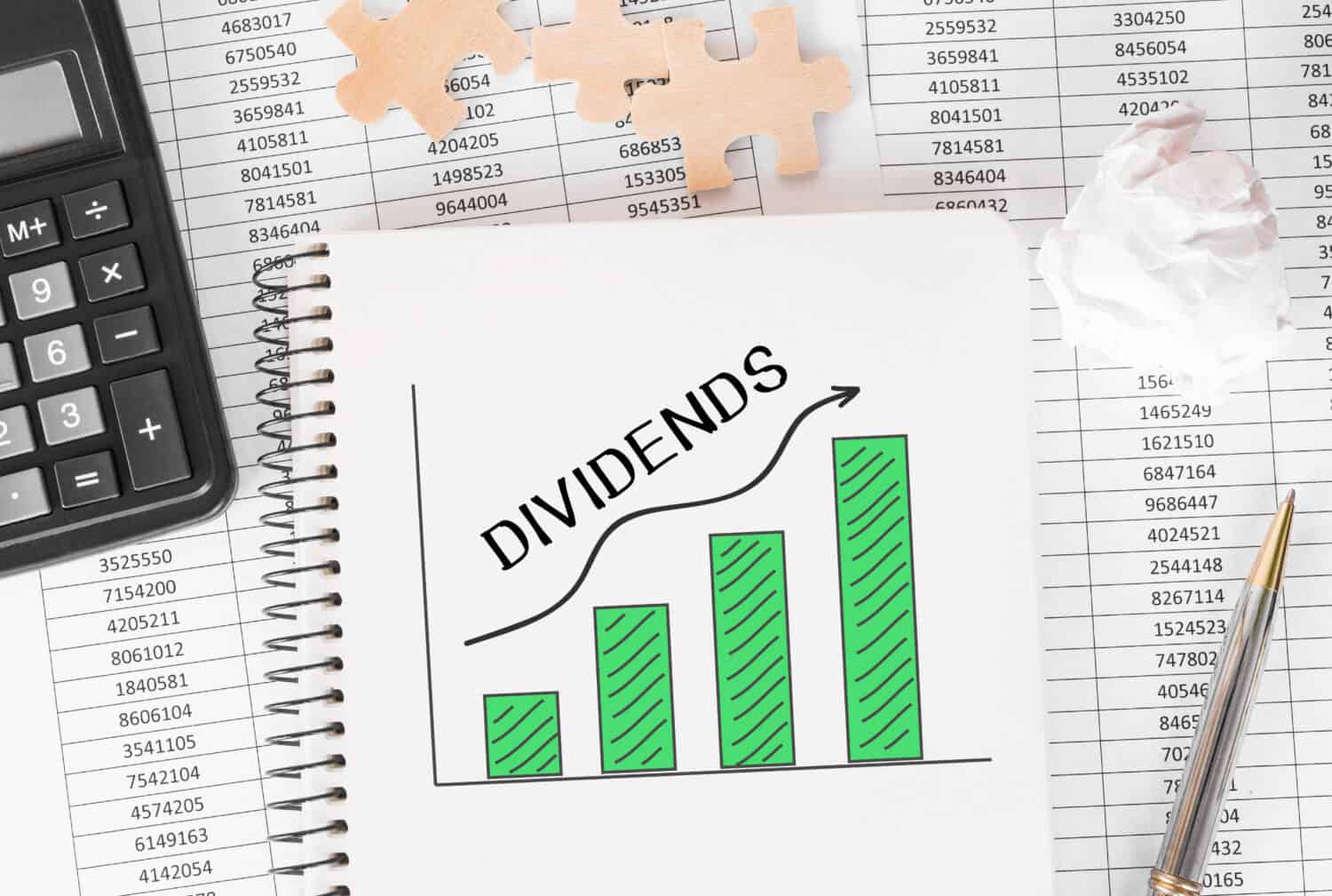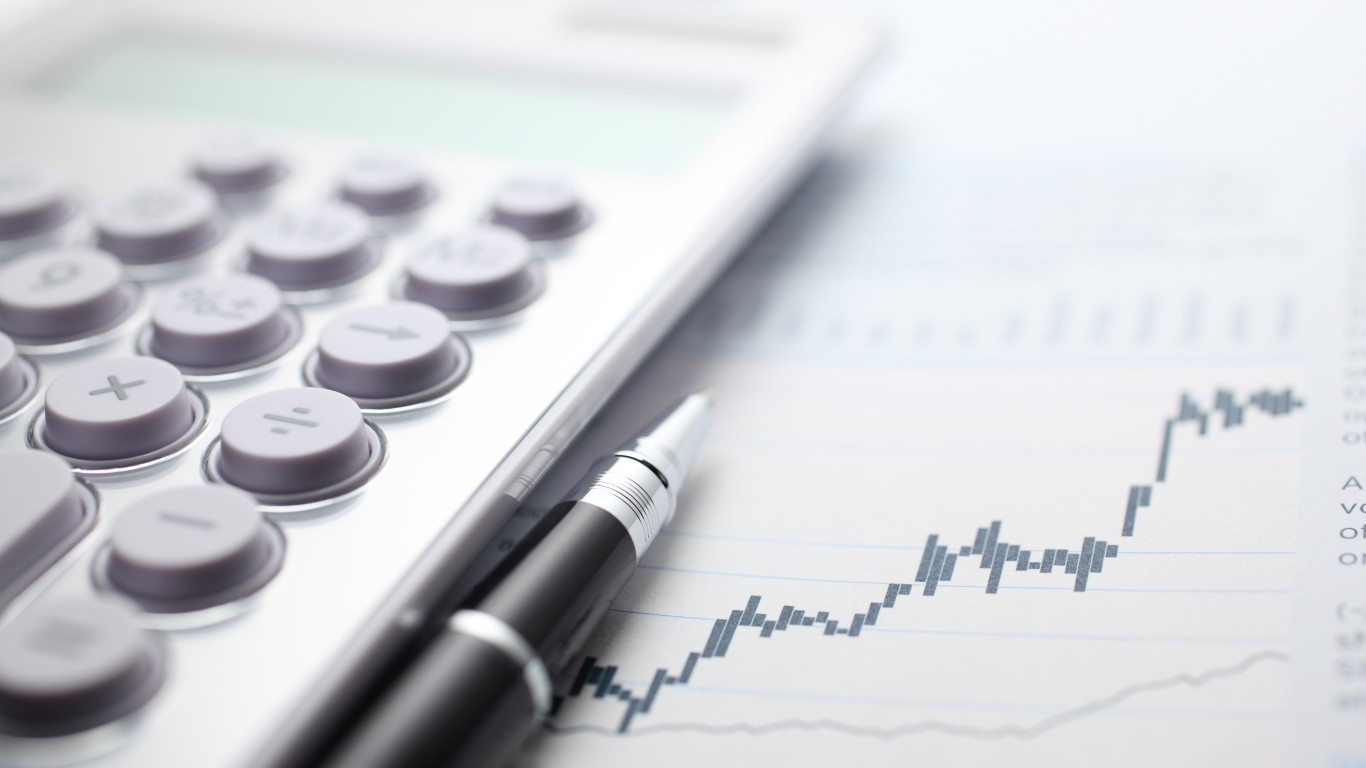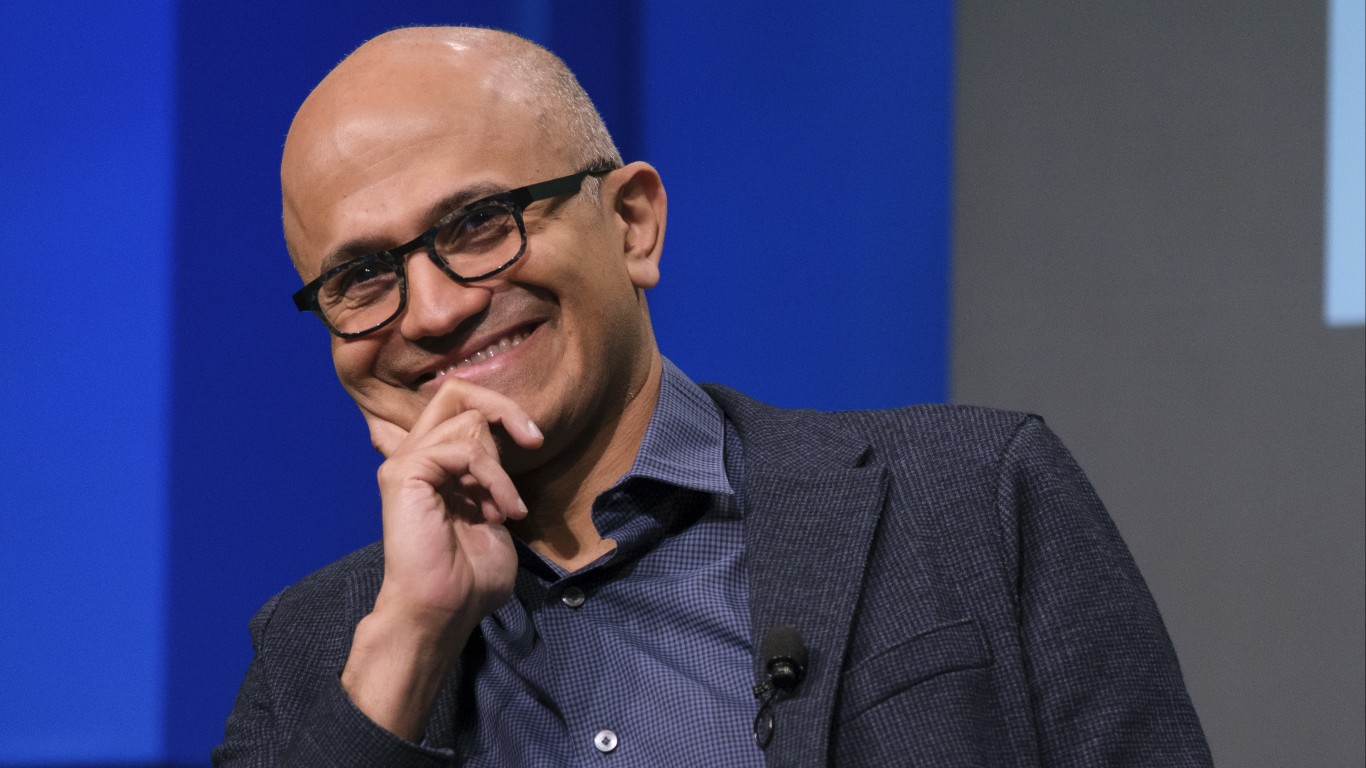
24/7 Wall St. Key Takeaways:
- SCHD is best suited for long-term investors seeking both income and growth potential, while SCHR appeals to conservative investors focused on safety and capital preservation.
- SCHD offers higher dividend payouts, making it ideal for those who prioritize income, while SCHR provides lower yields with greater stability through U.S. Treasury bonds.
- Also, read “The Next NVIDIA.”
Imagine having a financial tool that not only provides a steady stream of income but also has the potential to grow your wealth over time. That sounds appealing, right? Charles Schwab offers two popular ETF options that can do just that: Schwab U.S. Dividend Equity ETF (NYSE: SCHD) and Schwab Intermediate-Term U.S. Treasury ETF (SCHR).
Both funds serve very different purposes, though, catering to different investors. But how do they stack up against each other?
This article will provide a detailed comparison, highlighting key differences such as growth potential and risk profiles.
What is SCHD?

The Schwab U.S. Dividend Equity ETF is designed for investors prioritizing income and long-term growth through dividends. We talk about dividend kings a lot, and SCHD holds several of them. Here are some key things to keep in mind:
- Blue-Chip Stocks: SCHD invests primarily in dividend-paying companies, including Johnson & Johnson (NYSE: JNJ), Coca-Cola (NYSE: KO), and Procter & Gamble (NYSE: PG). These firms are known for being financially stable and providing consistent performance.
- High Dividend Yield: SCHD has a pretty high, attractive dividend yield of around 3.5%—4%, which is much higher than the average dividend for other ETFs. SCHD is appealing for those seeking regular cash flow, therefore. SCHD’s dividend has also increased by around 12% each year, demonstrating strong growth.
- Performance History: SCHD has delivered an annualized return of about 10% over the last five years, outperforming many other dividend-focused ETFs. It has even outperformed the overall market during some periods. This performance showcases its ability to provide income and capital appreciation.
- Tax Efficiency: SCHD may also provide some tax benefits for investors in higher tax brackets. Qualified dividends are typically taxed at a lower rate than ordinary income, allowing you to keep more of your earnings.
- Strong Expense Ratio: With an expense ratio of just 0.06%, SCHD is one of the most cost-effective options in the dividend ETF space. This lower cost allows investors to keep more of their returns.
What is SCHR?

The Schwab Intermediate-Term U.S. Treasury ETF serves as a conservative investment vehicle primarily focused on U.S. Treasury bonds with maturities ranging from 3 to 10 years. Here are some key aspects of this ETF:
- Treasury Bond Focus: SCHR exclusively invests in U.S. Treasury bonds, which are backed by the full credit of the U.S. government. This makes SCHR a very low-risk option, especially for investors looking to preserve their capital with minimum volatility. The fund can provide stability when the market is unpredictable.
- Yield and Performance: SCHR currently offers a yield of approximately 3.5%, which is lower than many equity-focused ETFs, including SCHD. SCHR has seen an annualized return of around 1.5%. This yield is pretty modest, but it appeals to investors who prioritize safety over high returns.
- Interest Rate Sensitivity: Because SCHR is bond-focused, it is sensitive to changes in the interest rate. When rates rise, bond prices will fall, which can affect the bond’s performance.
- Income Stability: SCHR provides consistent income through bond holding, making it an attractive option for soon-to-be retirees and those wanting predictable cash flow. The fund distributes this income monthly.
- Low Expense Ratio: SCHR has a very low expense ratio of 0.05%, making it a very cost-effective option for investors. This very minimal cost allows investors to keep much of their return.
SCHD vs. SCHR

Let’s do a quick, direct comparison of these two ETFs:
Growth Potential
SCHD is heavily invested in blue-chip stocks, which are known for their stability and growth potential. These companies offer dividends and appreciate in value over time. Over the last five years, SCHD has seen its assets under management (AUM) grow by over 50%, indicating strong investor confidence.
Furthermore, SCHD’s holdings have an average dividend growth rate of around 12%, indicating that investors expect their income to grow over time.
As a bond-focused ETF, SCHR’s growth potential is largely constrained by interest rates. While the fund provides stable income through Treasury bonds, its ability to appreciate in value is limited. In periods of low interest, SCHR may do pretty well, but rising rates can cause bond prices to drop.
Although SCHR has very low growth potential, it serves as a stabilizing force in an investment portfolio. During times of market volatility, many investors turn to Treasury bonds for safety.
Risk Profiles
As an equity-focused ETF, SCHD is subject to market volatility. The value of its holdings can fluctuate significantly based on broader market trends and economic conditions. For example, during market downturns, dividend-paying stocks may also decline in price, impacting the dividends that get paid.
SCHD’s portfolio is concentrated in specific sectors, such as technology, consumer staples, and healthcare. While these sectors are pretty stable, economic downturns or consumer preference shifts can disproportionately affect them. It isn’t exactly the safest ETF.
Dividends are also never promised. During times of economic uncertainty, dividends are often one of the first things to go. Companies can (and have) cut dividends very quickly.
SCHR’s primary risk comes from changes in interest rates. However, these are often much smaller than what SCHD experiences. Still, investors should be aware that rising interest rates can lead to capital losses, especially if they need to sell their shares during this time.
The yield provided by SCHR may also not keep pace with inflation, potentially eroding your purchasing power over time. It’s very stable, but it might be a bit too stable, especially when inflation is high.
While SCHR provides a safer investment avenue, its lack of growth potential limits its ability to offset other investment losses.
Income Generation
We primarily recommend SCHD for income-focused investors thanks to its higher dividend payouts. With a current yield of around 3.5 – 4%, it provides a robust income stream that can seem appealing to many.
The fund’s emphasis on high-quality, dividend-paying stocks contributes to its potential for long-term income growth; many of its holdings have a strong history of increasing their dividends.
On the other hand, SCHR offers lower yields, currently around 2.5%. This is much less appealing for income-seeking investors, but it does provide greater stability and safety through its investment in bonds. This lower yield is offset by the very reliable income it provides. Bonds can’t just be “canceled” like dividends can.
Expense Ratio
When investing in any ETF, you need to take a look at the expense ratio. This is a critical factor that directly impacts how much money you get back into your pocket. Both SCHD and SCHR feature competitive expense ratios that make them attractive choices in their respective categories. SCHD boasts an expense ratio of just 0.06%, while SCHR offers an even lower ratio of 0.05%.
SCHD’s competitive expense ratio makes it pretty cost-effective for dividend investors. You can retain a larger portion of their returns with these lower fees. This cost efficiency is particularly beneficial for long-term holders, as even small differences in expense ratios can add up overtime.
Which EFT Fits You?

SCHD is ideal for long-term investors who want both income and the opportunity for growth. Its focus is on dividend-paying stocks, making it a good choice for those who want a robust income stream. SCHD works well in a portfolio designed for retirement or to generate passive income. Plus, the fund’s historical performance is also very positive.
SCHR is very different. It’s more for conservative buyers who prioritize safety above all else. Its investment in U.S. Treasury bonds offers a level of security that can be particularly appealing in uncertain economic climates or for very conservative portfolios.
SCHR may be a good option for investors nearing retirement who want to protect their assets.
Are You Still Paying With a Debit Card?
The average American spends $17,274 on debit cards a year, and it’s a HUGE mistake. First, debit cards don’t have the same fraud protections as credit cards. Once your money is gone, it’s gone. But more importantly you can actually get something back from this spending every time you swipe.
Issuers are handing out wild bonuses right now. With some you can earn up to 5% back on every purchase. That’s like getting a 5% discount on everything you buy!
Our top pick is kind of hard to imagine. Not only does it pay up to 5% back, it also includes a $200 cash back reward in the first six months, a 0% intro APR, and…. $0 annual fee. It’s quite literally free money for any one that uses a card regularly. Click here to learn more!
Flywheel Publishing has partnered with CardRatings to provide coverage of credit card products. Flywheel Publishing and CardRatings may receive a commission from card issuers.
Thank you for reading! Have some feedback for us?
Contact the 24/7 Wall St. editorial team.





